Advanced Custom Electronic Control Solutions
PCBs
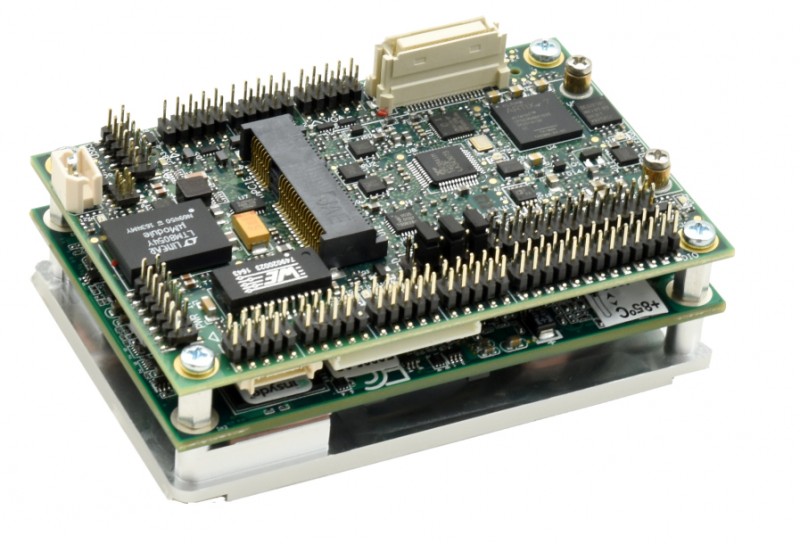
Printed Circuit Boards Information
- Schematic capture through an electronic design automation (EDA) tool.
- Card dimensions and template are decided based on required circuitry and enclosure of the PCB.
- The positions of the components and heat sinks are determined.
- The layer stack of the PCB is decided, with one to ten layers depending on complexity. Ground and power planes are decided. A power plane is the counterpart to a ground plane and behaves as an AC signal ground while providing DC power to the circuits mounted on the PCB. Signal interconnections are traced on signal planes. Signal planes can be on the outer as well as inner layers. For optimal EMI performance high high-frequency signals are routed in internal layers between power or ground planes.[35]
- Line impedance is determined using dielectric layer thickness, routing copper thickness, and trace width. Trace separation is also taken into account in differential signals. Microstrip, stripline, or dual stripline can be used to route signals.
- Components are placed. Thermal considerations and geometry are taken into account. Vias and lands are marked.
- Signal traces are routed. Electronic design automation tools usually automatically create clearances and connections in the power and ground planes.
- Fabrication data consists of a set of Gerber files, a drill file, and a pick-and-place file.
NEMA Enclosed Controls
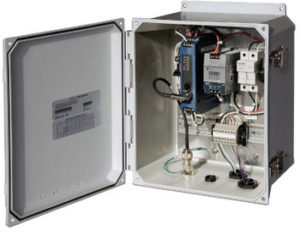
NEMA Enclosed Info Here
The National Electrical Manufacturers Association (NEMA) defines standards used in North America for various grades of electrical enclosures typically used in industrial applications. Each is rated to protect against personal access to hazardous parts, and additional type-dependent designated environmental conditions. A typical NEMA enclosure might be rated to provide protection against environmental hazards such as water, dust, oil, coolants, or atmospheres containing corrosive agents such as acetylene or gasoline. Contact EMCOT for NEMA enclosure recommendations, sensor technology and alarm recommendations.
PLCs
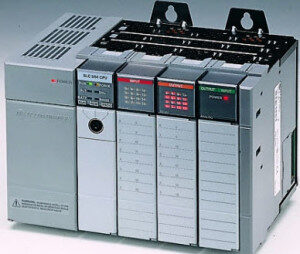
Programmable Logic Controllers
PLC Information Here
A programmable logic controller (PLC) or programmable controller is an industrial computer that has been ruggedized and adapted for the control of manufacturing processes, such as assembly lines, machines, robotic devices, or any activity that requires high reliability, ease of programming, and process fault diagnosis. Contact EMCOT to provide specifications and receive a response to your RFQ.
SCADA

SCADA Information Here
SCADA (supervisory control and data acquisition) is a control system architecture comprising computers, networked data communications and graphical user interfaces for high-level supervision of machines and processes. It also covers sensors and other devices, such as programmable logic controllers, which interface with process plant or machinery. Contact EMCOT with your application requirements.
Blow Out Preventer Controls
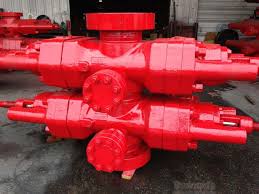
Blow Out Preventer Controls
BOP Control Information Here
A Blowout Preventer (BOP) Control System is a high-pressure hydraulic power unit fitted with directional control valves. It is designed to control well kicks and prevent blowouts during drilling operations.
The control systems for surface-mounted BOP blowout preventers used for well drilling are usually “closed-loop” design hydraulic systems1. This means two lines are required for all pressure open/pressure close BOP stack functions, and that fluid in one line is returned to the control unit reservoir when the other line is pressurized1.
Modern blowout preventers include extensive control systems that enable operators to monitor and activate the various components. These systems give operators exact control over the pressure on the wellbore as well as the timing of component motions3. This remote control feature improves safety and response times3. These control systems may include hydraulic, pneumatic, or electric actuators, as well as sensors and monitoring devices to detect pressure changes and other anomalies5. The BOP control system, called an accumulator, provides the energy to operate the blowout preventers4
Battery Charging Systems
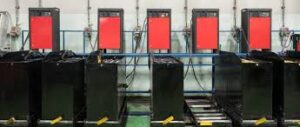
Battery Charging Information – Select this Link
Industrial battery charging systems are sophisticated setups designed to charge and maintain a variety of industrial batteries efficiently. These systems can be classified into two main categories: low-frequency (LF) and high-frequency (HF) chargers. LF chargers, such as ferroresonant and silicon-controlled rectifier (SCR) chargers, operate at lower frequencies (50-400 Hz), while HF chargers operate at higher frequencies (5-20 kHz). Contact EMCOT for a custom-designed system engineered for your operation.
Green Energy Production Controls

Green Energy Details Here
Inverter Technology: The inverter converts the DC electricity generated by solar panels into AC current for use on the electrical grid. Inverters consist of passive filters, active switches, thermal management, and packaging. Contact EMCOT to discuss your specific application.
A bi-directional converter converts DC electricity from battery storage into AC power during discharge for the intended use. Then from AC to DC during the charging process. EMCOT will be pleased to discuss your requirements.